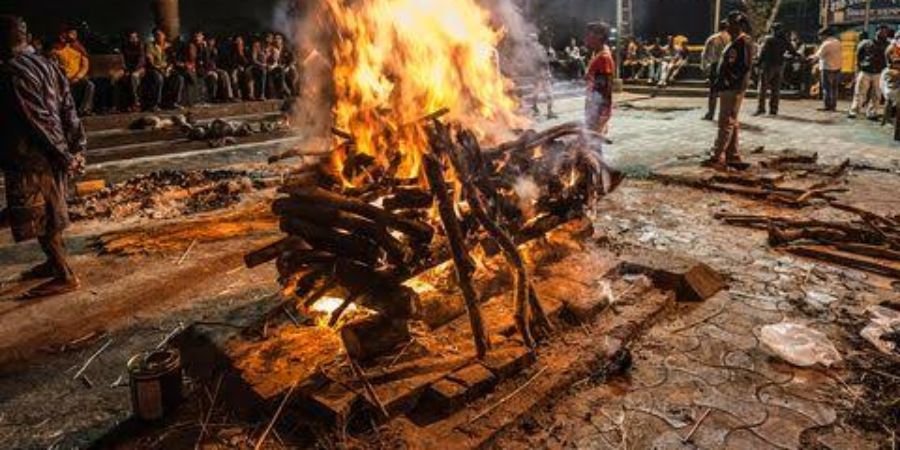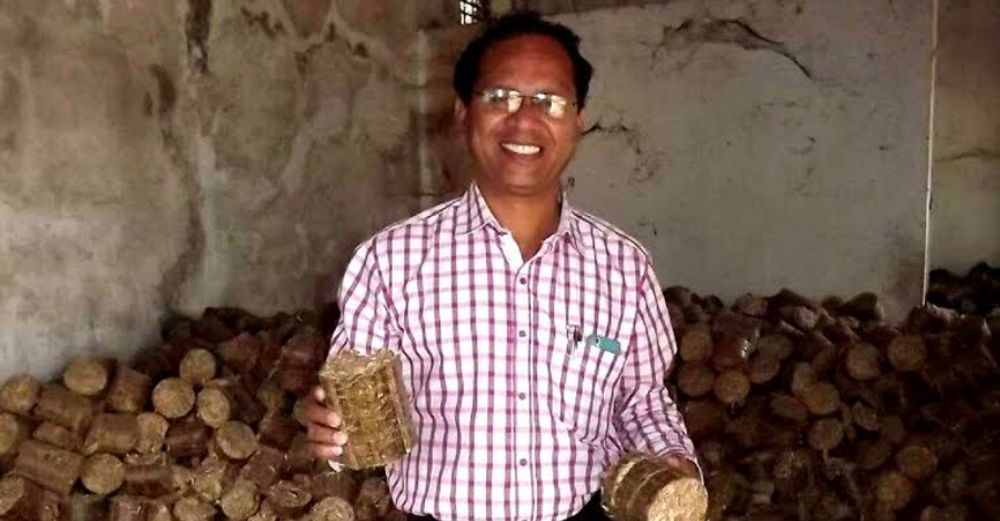


Aren't we very concerned about the wood used to burn people when they die? But there was someone who was worried about it. Vijay Limaye, 52, of Nagpur. Vijay thought about this while attending each posthumous ceremony. However, it was not until his father's body was cremated in 2010 that Vijay's anxiety in life became even greater. Vijay's father's had to be cremated with firewood as there was no other way to cremate the body at that time.
Later, Vijay conducted a study on alternatives to cremation other than using firewood. Whenever he went to different places for work, Vijay did not forget to check the cremation there. Vijay saw how cremation was done with cow dung in the western states of India and central India. He thought it was a good way.
Thus it became an attempt to convince the local government of things. Thus, the Nagpur Municipal Corporation carried out the experiment in one of the 14 cemeteries in the city. At the same time, the NGO he runs, the Eco Friendly Living Foundation, under Vijay's leadership, has started talking about the need to avoid cremation with wood as much as possible. Although the firewood for the funeral was provided by the municipal corporation, Vijay and his team managed to make people aware of the need to use the maximum amount of dung. But after a while, he realized something. Suppliers started charging exorbitant prices for cow dung. Moreover, this is not a good way in the long run.
At that moment, he was passing by a burning farm. It was not a new sight. In some farms, farmers set themselves on fire in Mumbai to plant the next crop. That is when Vijay's investigation came to an end. Vijay learned how to protect more trees by burying them with farm waste. Vijay spends three to four hours every morning at the cemetery. At least once a week he tries to educate a family about using such materials instead of firewood for burial.
A factory on the outskirts of Nagpur was already making briquettes from furniture shop waste and farmland waste. Funerals using these briquettes were not very successful for the first few days. However, it soon became clear that briquettes made from soybeans and cotton crops were the right combination for the culture. Then a three-year trial with the permission of the Municipal Corporation. At least 18,000 bodies have been cremated in the last three years.
One culture requires at least 250-300 kg of firewood. According to Vijay, at least 36,000 trees have been saved. In addition, it has opened up an easy way for local farmers to dispose of their farm waste.


